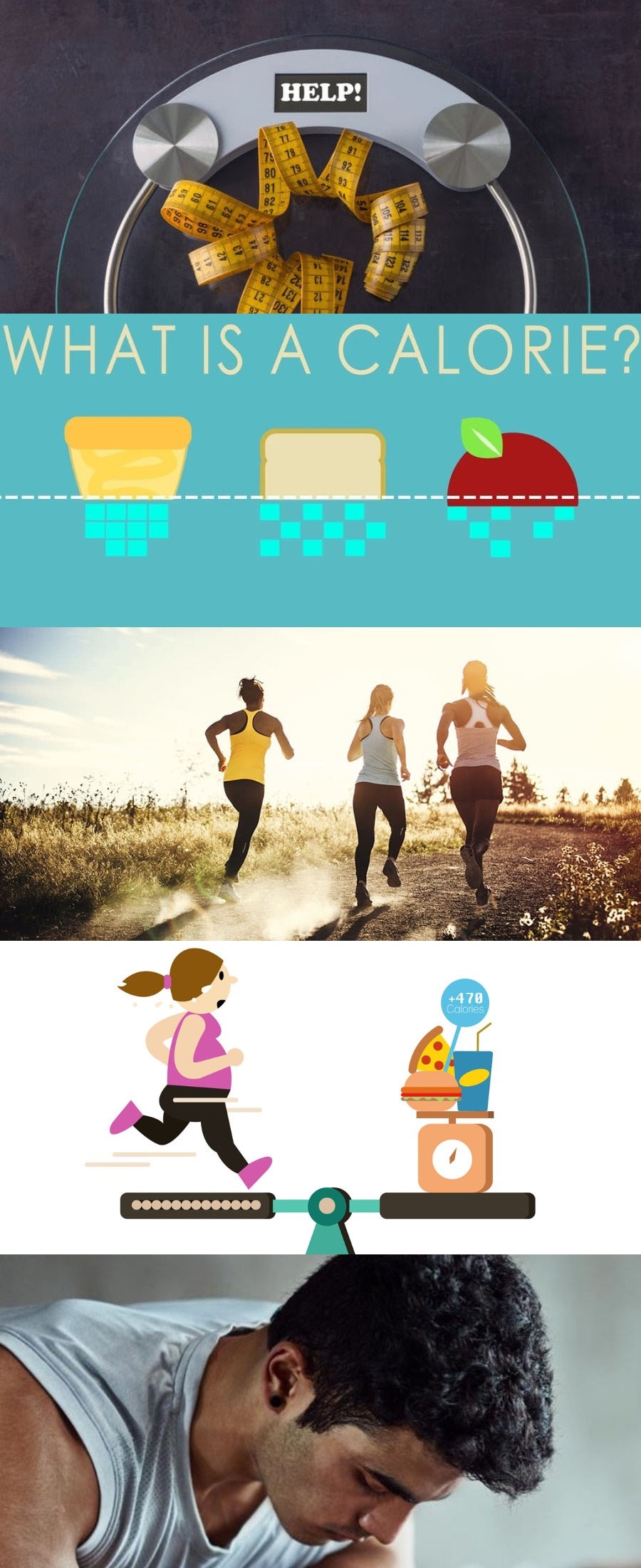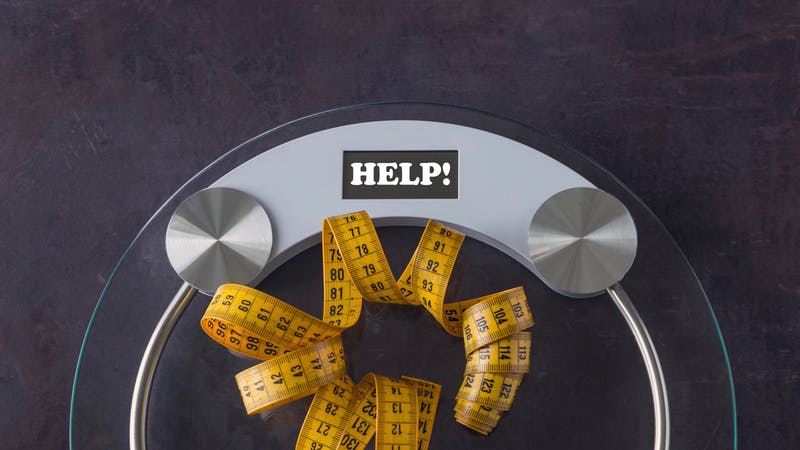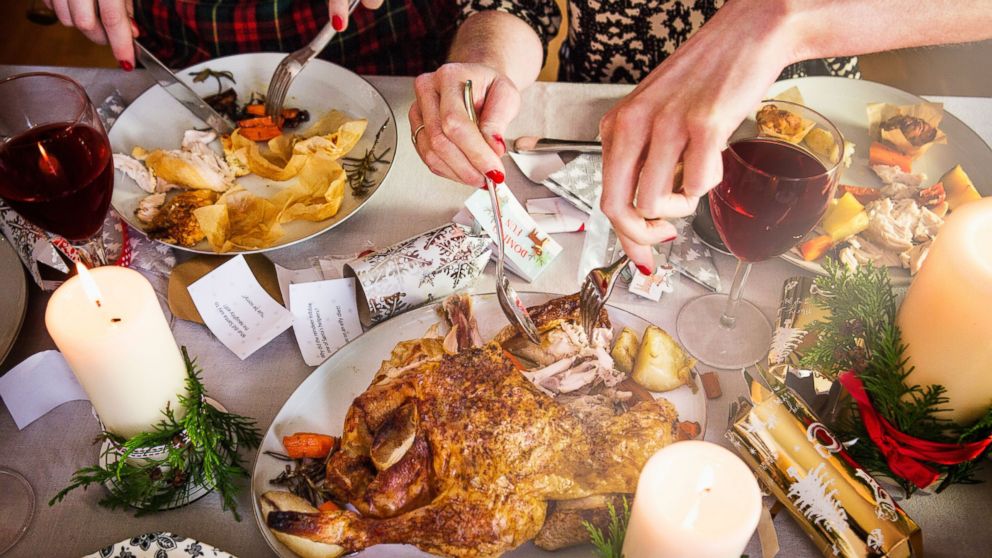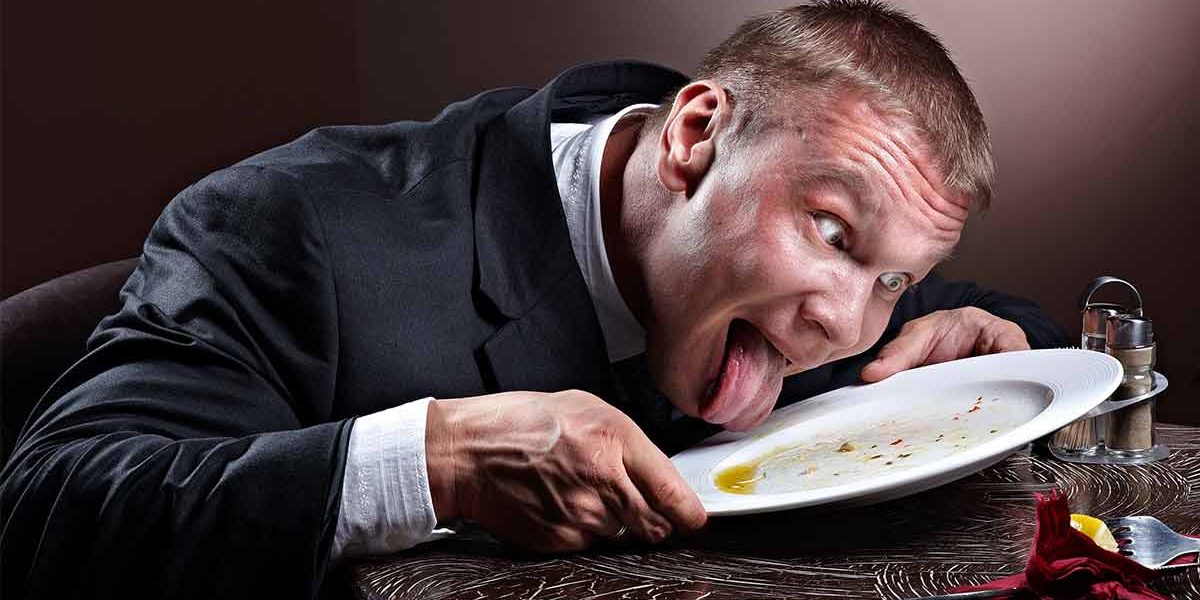Today we’re going to learn how to lose weight by manipulating calories. Weight loss is a goal, so many people have at some point in their life and there’s just an abundance of information and diets out there telling you how to achieve this goal and what the diet industry would like you to believe is that weight loss is difficult yet at its core weight loss is simple math. Calories in versus calories out. Today we will look at what calories are how they work and how you can manipulate them to help you lose weight.
What calories are?

Calories are a measurement of energy. A single calorie known as a gram calorie refers to the amount of energy it is needed to raise one gram of water by one degree Celsius.
The calorie you are most familiar with is food calories or kilocalories. One food calorie equals one thousand gram calories and is the standard means of measuring the amount of energy in the food you eat with the exception of water everything you eat and drink contains calories and these calories provide the energy needed to your body.
The amount of calories in your food is mainly determined by fat protein and carbohydrates known as macronutrients. All food contains one or more of these macronutrients and each one contains a different amount of calories or energies. Carbohydrates and proteins have four calories per gram while fat has nine calories per gram and alcohol have seven calories per gram. In simple terms, this mean 100 grams of pure protein has 400 calories while 100 grams of fat has 900 calories.
When you see the calorie content of your favorite food, what you are seeing is the amount of energy that food will provide based on its unique mixture of fat protein and carbohydrates.
How do calories work?
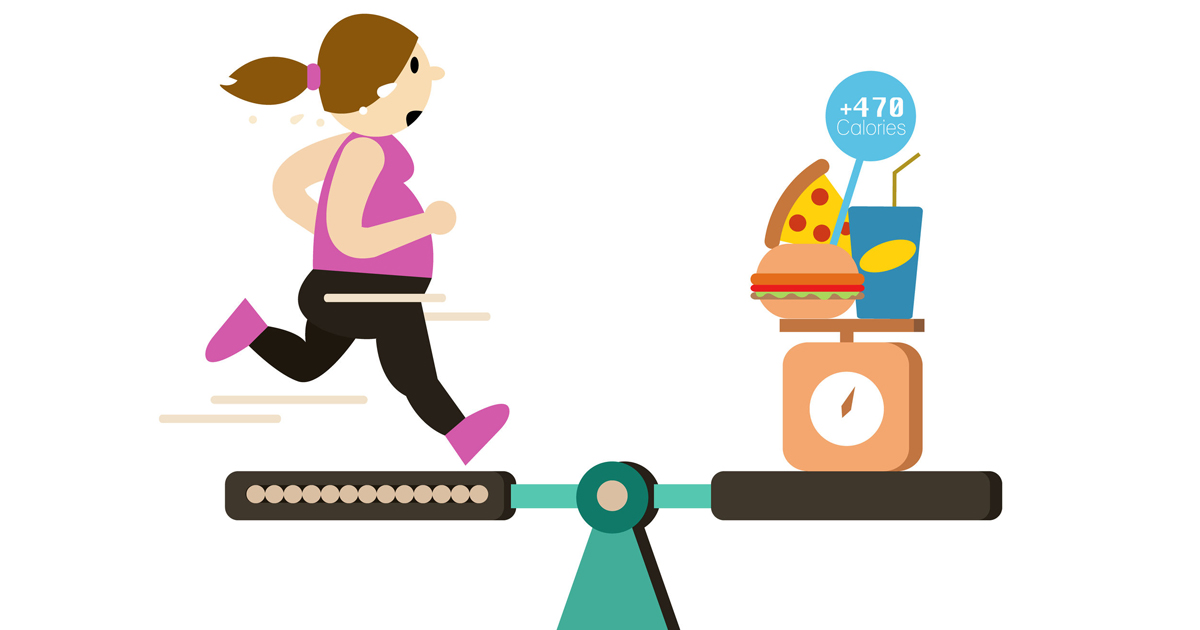
Every person needs a certain amount of energy every day for basic human function and to keep their body alive. Calorie intake is an easy way to measure and determine how much energy you need to make sure that you’re getting the right amount. How much energy or how many calories you need each day depends on your age, gender, height, weight, and activity levels.
You may have heard others talking about their metabolic rate or metabolism. Remember bollock rate and metabolism is the amount of energy your body uses each day to support your heart lungs and brain function to digest food and exercise and complete your daily tasks. So basically it’s the amount of energy that is needed to do your work throughout the day. Your resting or basal metabolic rate is the minimum amount of energy you need each day for these functions. If you are complete rest because very few people are complete rest all day. The amount of calories you need takes into account any activity that you do no matter how heavy or light. Extra movement means extra energy to fuel the movement. So what exactly does this mean? It means that a male of average height and weight who doesn’t do any activity during the day would need fewer calories or energy or food than a male of the same height age weight who is active all day. It seems pretty simple right and it is.
Let’s take a look at it in terms of weight every time you eat or drink you are taking energy to fuel your body and every time you exercise or perform an activity you are taking that fuel or using your energy out of your body. When you take in enough energy or calories each day to meet. Your body’s needs your body uses that energy for its daily functions and your weight remains the same.
So let’s say that you need around 2,500 calories a day based on your height weight age gender and activity level. There are online calculators and we suggest doing this. If you consume 2,500 calories throughout a day. Your body will receive all the energy it needs it doesn’t need to store any or use any extra. Now if you were to consume 3000 calories a day instead of 2,500, your body will first use those 2,500 calories and then store the remaining 500 calories for later use.
Many people believe that these calories are stored the same way that they are received the fat is stored as fat. The protein is stored as muscle and the carbohydrate is stored of sugar. This is not the case it’s not true. Your body doesn’t care where the calories come from. So these extra calories are stored as energy. Lead to weight gain in the form of extra body fat. Regardless of the type of calories that you ate extra energy is extra energy and if your body doesn’t need to use it simply stores it.
On the other hand, if you were to only eat 2,000 calories a day instead of 2,500. Your body will lose those 2,000 calories first and then find the extra 500 calories. It needs by releasing some of the stored energy in your body or extra body fat. Generally, when you are trying to lose weight, the goal is to lose stored body fat. That’s the fact that you want to get rid of. People want to make their waist Limor they want to make their arms less flabby. They want to get rid of that body fat. In some cases, your body may burn stored sugar or glycogen first before burning the fat and in some extreme cases it will break down muscle tissue for extra energy.
The good news is is that you are able to manipulate calories and your body’s stored energy to lose weight and it’s easier than you think. The first thing to remember is that how you get your calories is less important than how many you consume, Although the calorie value of macronutrients differ a calorie is a calorie no matter where it comes from. If you need 100 calories your body doesn’t care if it’s 100 calories of protein or fat or sugar. So long as 100 calories. This has been proven and there was a guy that went on a diet he ate less than how many calories he needed but he ate it all in gas station junk food and he still lost weight so it doesn’t matter if it’s junk food or if it’s prime steak.
Even if you only need 100 to 200 calories less you will lose weight over time because your body will be forced to find those extra calories from stored energy usually in fat on your body.
Exercise
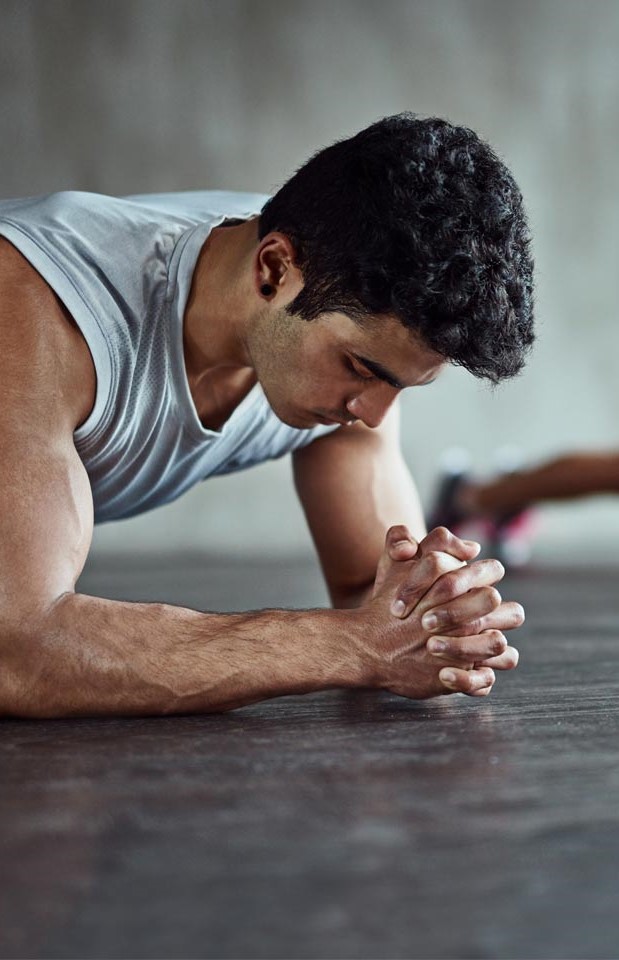
When manipulating calories for weight loss is exercise most people focus on the low intensity or steady-state cardio. When trying to lose weight. For example, walking the same speed or intensity for a long period such as 60% effort for 60 minutes.
Now there’s nothing necessarily wrong with exercising this way you will burn calories but you will only burn them while you exercise. If you’re trying to manipulate calories and burn the stored energy faster high-intensity exercise is a much better idea. High-intensity exercise means exercising at a high-intensity level such as 80-90 percent of your effort for a short period of time such as 20 to 30 minutes. On the surface, you will burn fewer calories because you are exercising for less but high-intensity exercise keeps your metabolism raised long enough even after you finished exercising. So does weightlifting, weightlifting is a great way to burn calories even after you’re done weightlifting this means that you can continue burning calories for up to 24 hours After your exercise session.
5 psychological tips that will help you to lose weight

Goal
So one of the best ways to get your mind ready for the unnerving task of losing weight is to set goals. This is a tactic that can be used for pretty much any situation your financial life your relationships but it’s especially useful with weight loss. When you set realistic goals for yourself you can then tackle things one pound at a time. Losing hundreds of pounds may seem impossible but when you split it up into segments of a few pounds each month it seems a lot more doable. Don’t stress if you don’t meet your goals just try extra hard next time and focus on the next month. Now, these goals should be written down not just vague ideas in your head.
Rewards
Along with setting goals a good way to make weight loss seem a lot more doable is to have rewards after each goal you attained. For example, tell yourself that if you lose 10 pounds this month. You’ll buy yourself that fancy new wristwatch that you’ve been eyeing. Another tip is they give your friend $100 or $500 or some other item of value to you and tell them not to give it back until you’ve reached your goal. This will make losing weight seem like a much more positive thing than if the only reward is to move on to the next goal. It’s another simple way to trick your mind into thinking that the light at the end of the tunnel is just a little bit further.
Portioning
This is a simple and effective tactic. What it involves is simply taking your snacks and splitting them into portions. Usually with a Ziploc bag or Tupperware or some other kind of container. When you feel like snacking don’t feel guilty about grabbing one of these small portions and munching on them. When you finish the portion you will most likely feel full and satisfied. Now, this is because splitting snacks into portions tricks your mind into thinking you’ve eaten more than you actually have. When you finish a bag full of pretzels, for example, you feel like you’ve finished it all instead of continually reaching into the bag for more. Not only is your mind trick but your stomach feels full as well.
Journal
It’s not a good idea to be too hard on yourself when trying to lose weight. This will only stress you out more making it harder to lose weight. Instead of getting frustrated with yourself when you lose discipline to take a second to think to ask yourself “why did I lose focus what was it that made me give in to my cravings”. When you figured out what caused you to eat that cake or ice cream you can take note of it and you will be better equipped to deal with it or avoid it in the future. The goal of weight loss demands that you approach your own body and mind with a very scientific mindset. Try to view it all as an experiment. If you think about what caused the slip up instead of blindly getting mad at yourself. You can improve your discipline and be ready for the next time you face that barrier.
Distract yourself
Anyone who’s ever tried to lose weight knows that craving can rear the ugly heads. When you least expect it so how do you prepare to deal with them one tip is to come up with distractions. Take a notepad and write down ten things that really occupy your mind things like video games sports or doing chores are perfect examples for distracting yourself from cravings. These can also be things that help your mind like going for a walk bird-watching or painting a picture. When you’ve got that list ready as soon as you get a craving to eat those brownies you can distract yourself with that list. You’ll be surprised at how fast the cravings will fade to the back of your mind.
